War is beautiful because it inaugurates the dreamed-of metallization of the human body … War is beautiful because it combines gunfire, barrages, cease-fires, scents, and the fragrance of putrefaction into a symphony. War is beautiful because it creates new architectures, like those of armored tanks, geometric squadrons of aircraft, spirals of smoke from burning villages.
F. T. Marinetti, commenting on Italian invasion of Ethiopia, 1935
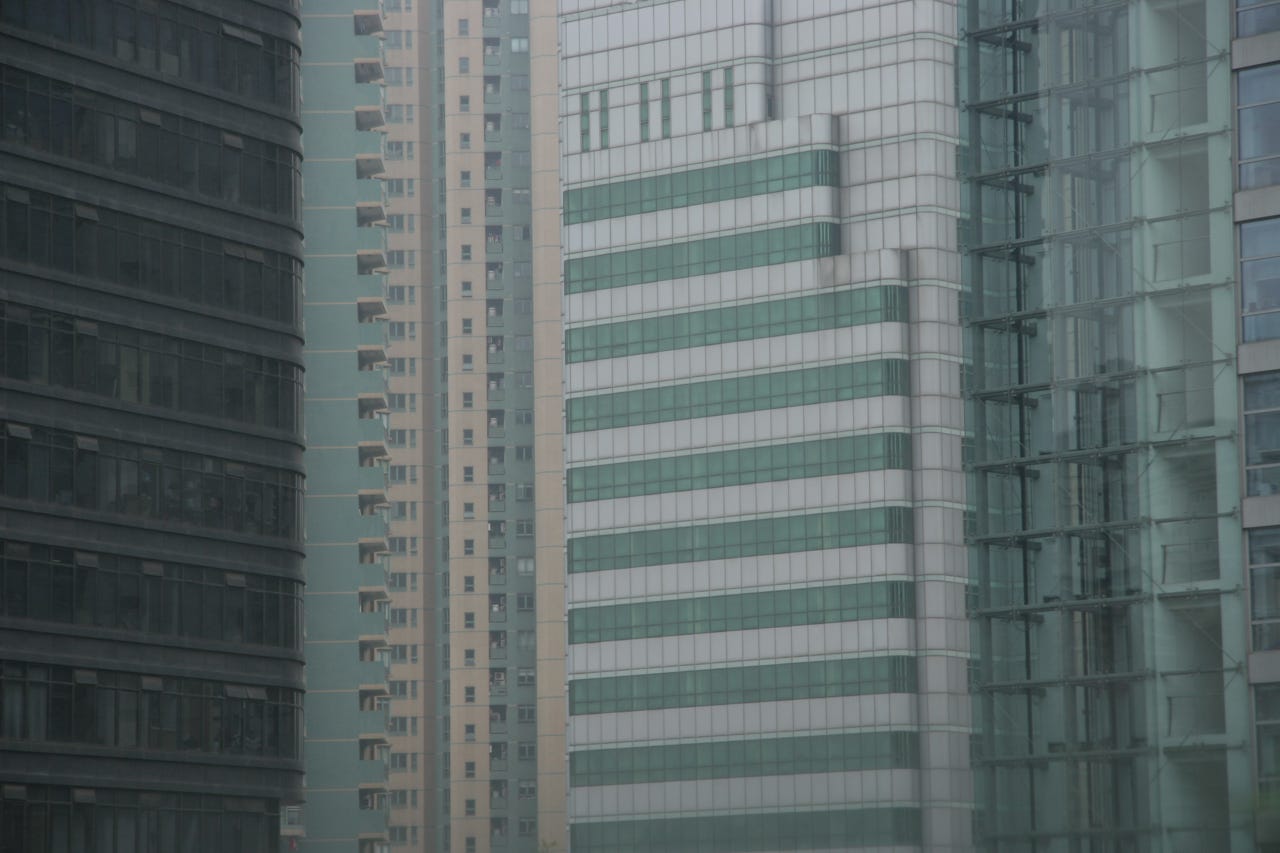
In the end you’re tired of this old world
Shepherdess O Eiffel Tower the herd of bridges are bleating this morning
You’ve had enough of living in Greek and Roman antiquity
Here even the automobiles have the air of antiques
Only religion has remained entirely new religion
Has remained as simple as the hangars at an airport
In all Europe only you are not antique O Christianity
The most modern European is you Pope Pius X
And you that the windows observe shame holds you back
From entering a church and confessing this morning
You read prospectuses catalogues posters that sing out loud
Here is poetry this morning and there are newspapers for prose
There are 25-cent volumes full of detective stories
Portraits of great men and a thousand diverse titles

This morning I saw a pretty street whose name I’ve forgotten
New and clean it was the bugle of the sun
Directors workers and beautiful stenographers
Pass from Monday morning to Saturday evening four times a day
Three times every morning the siren groans
Around noon a rabid bell barks
Inscriptions on signs and walls
Announcements and billboards squawk like parakeets
I love the elegance of that industrial street
Located in Paris between the rue Aumont-Thiéville and the avenue des Ternes
Here is the young street and you are no more than a small child again
Your mother only dresses you in blue and white
You’re very pious and with your oldest friend René Dalize
You like nothing more than the ceremonies of the Church
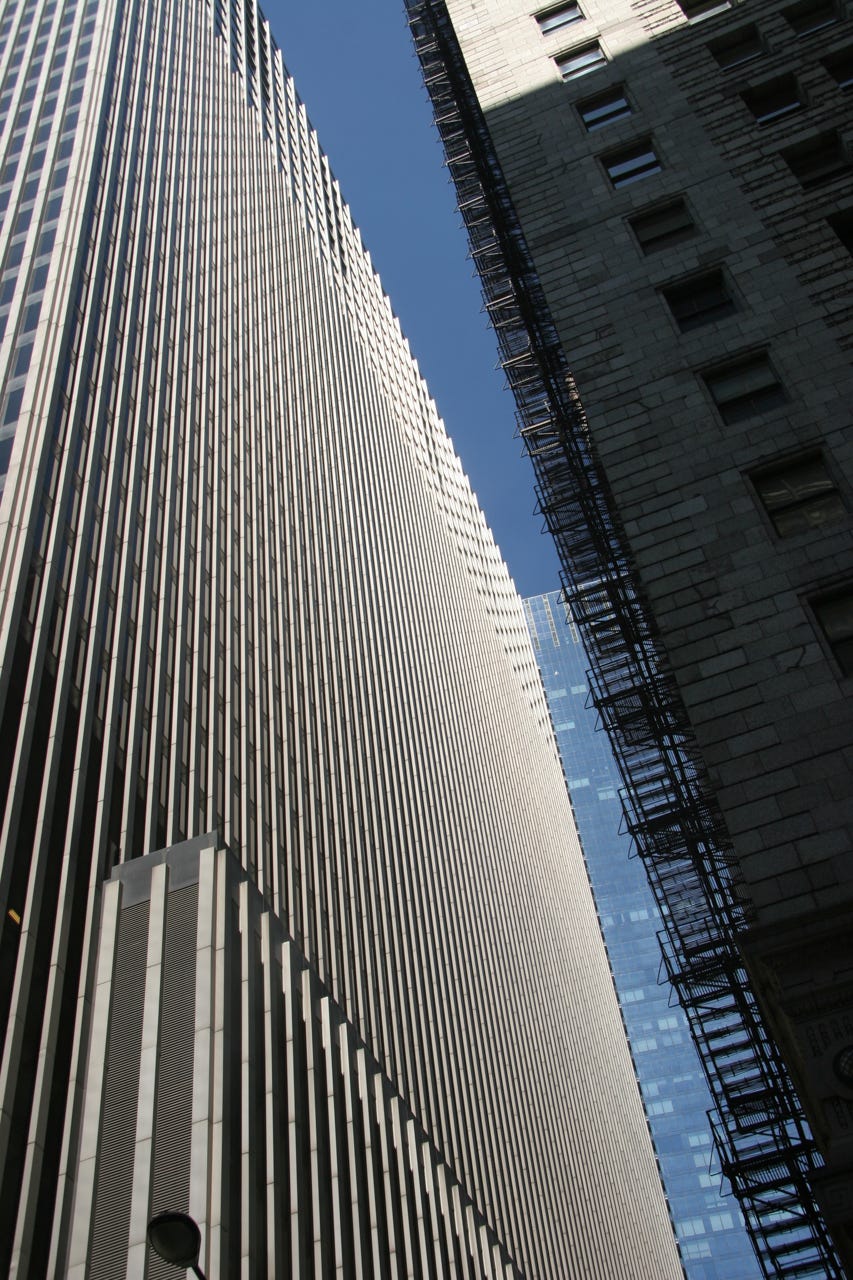
It’s nine o’clock the gaslight is low you leave the dorm in secret
You pray all night in the college chapel
While eternal and adorable amethyst depth
The blazing glory of Christ spins forever
It is the beautiful lily we all cultivate
It is the red-headed torch the wind can’t extinguish
It is the pale and rosy son of the sorrowful mother
It is the tree always tufted with all the prayers
It is the double gallows of honor and eternity
It is the six-pointed star
It is God who died on Friday and rose again on Sunday
It is the Christ who ascends to the sky better than any aviator
He holds the world record for altitude
Christ pupil of the eye
Twentieth pupil of the centuries knows how to do it
And changed into a bird this century ascends into the sky like Jesus
The devils in the abysses raise their heads to watch
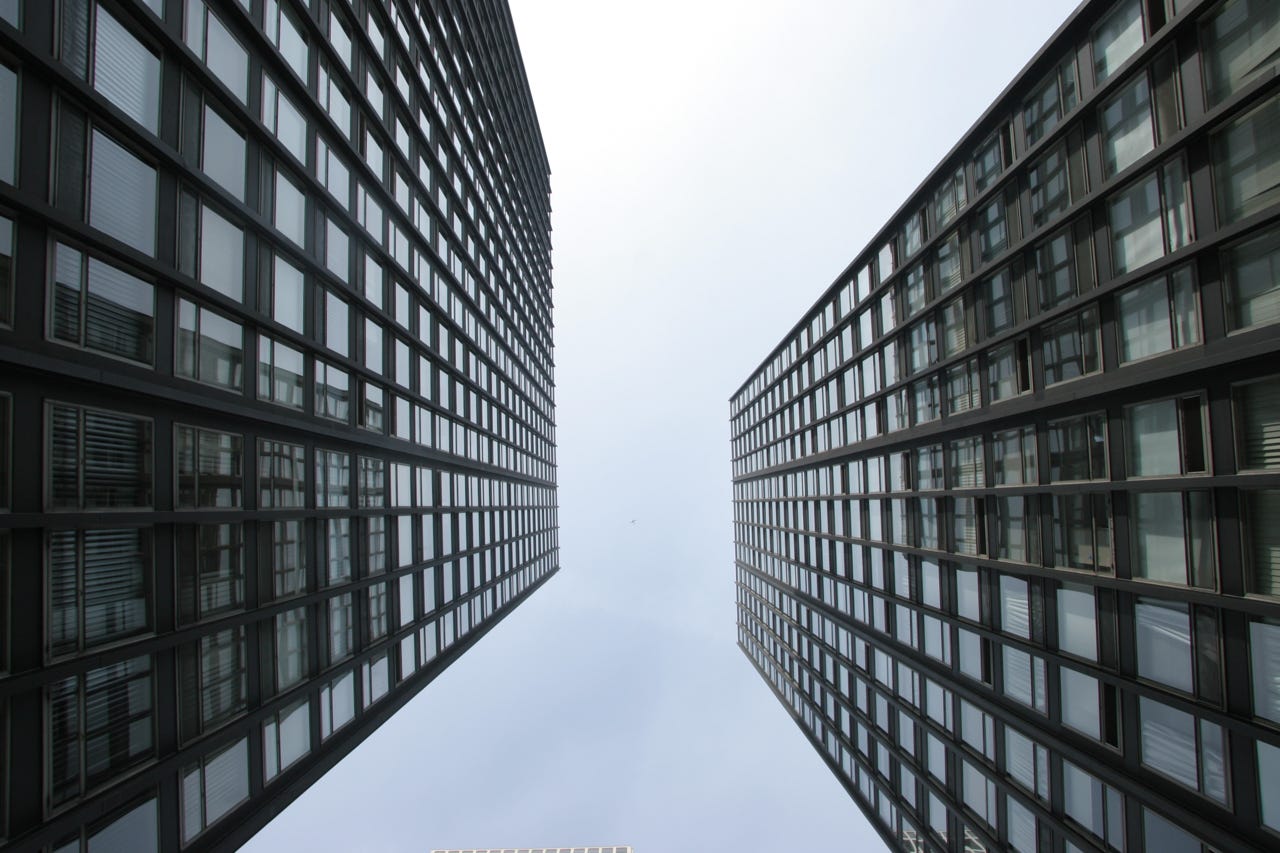
They say it imitates Simon Magus in Judea
They cry that if it knows how to fly [voler] we should call it a thief [voleur]
Angels fly around the pretty aerobat
Icarus Enoch Elijah Apollonius of Tyana
Flutter around the first airplane
From time to time they part to give way to those carried up by the Holy Eucharist
The priests who ascend eternally as they lift the host
The plane lands at last without folding its wings
Then the sky fills with a million swallows
In a flurry of wings come the crows the falcons the owls
Ibis flamingoes marabous arrive from Africa
The Roc-bird celebrated by storytellers and poets
Glides down holding in its talons Adam’s skull the first head
The eagle gives a great cry from the horizon
And from America comes the little hummingbird
From China have come long sinuous pihi-birds
Who have only one wing and who fly in pairs
Then here is the dove immaculate spirit
Escorted by the lyre-bird and the ocellated peacock
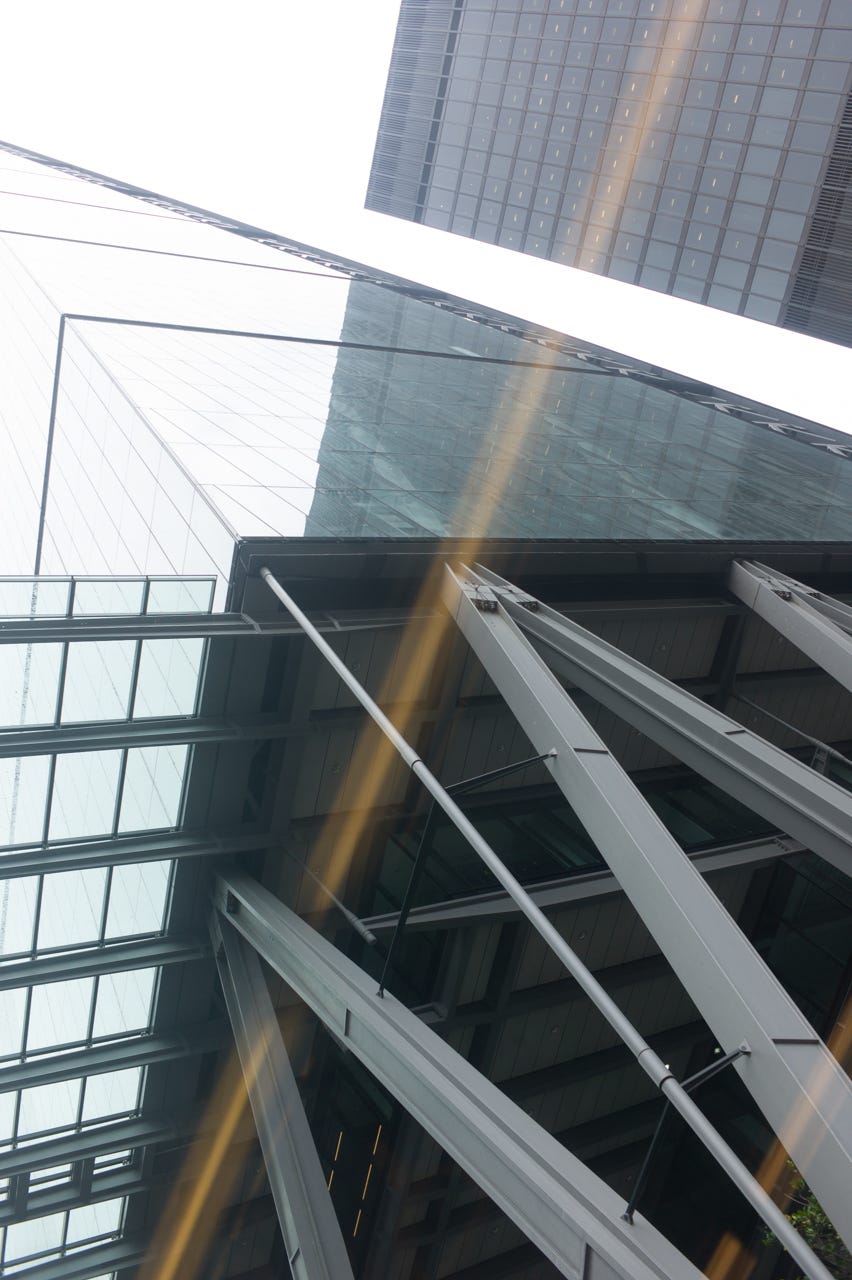
The phoenix that pyre which recreates itself
For a moment veils everything with its glowing ashes
The sirens leaving their perilous straits
Arrive all three singing beautifully
And everyone eagle phoenix and pihis from China
Fraternizes with the flying machine
Now you are walking in Paris all alone in the crowd
Herds of bellowing buses roll near you
The agony of love grabs you by the throat
As if you could never again be loved
If you were living in the old days you would enter a monastery
You are ashamed when you surprise yourself saying a prayer
You mock yourself and your laughter crackles like hellfire
The sparks of your laughter gild the foundations of your life
It is a painting hung in a dark museum
And sometimes you go to look at it close up
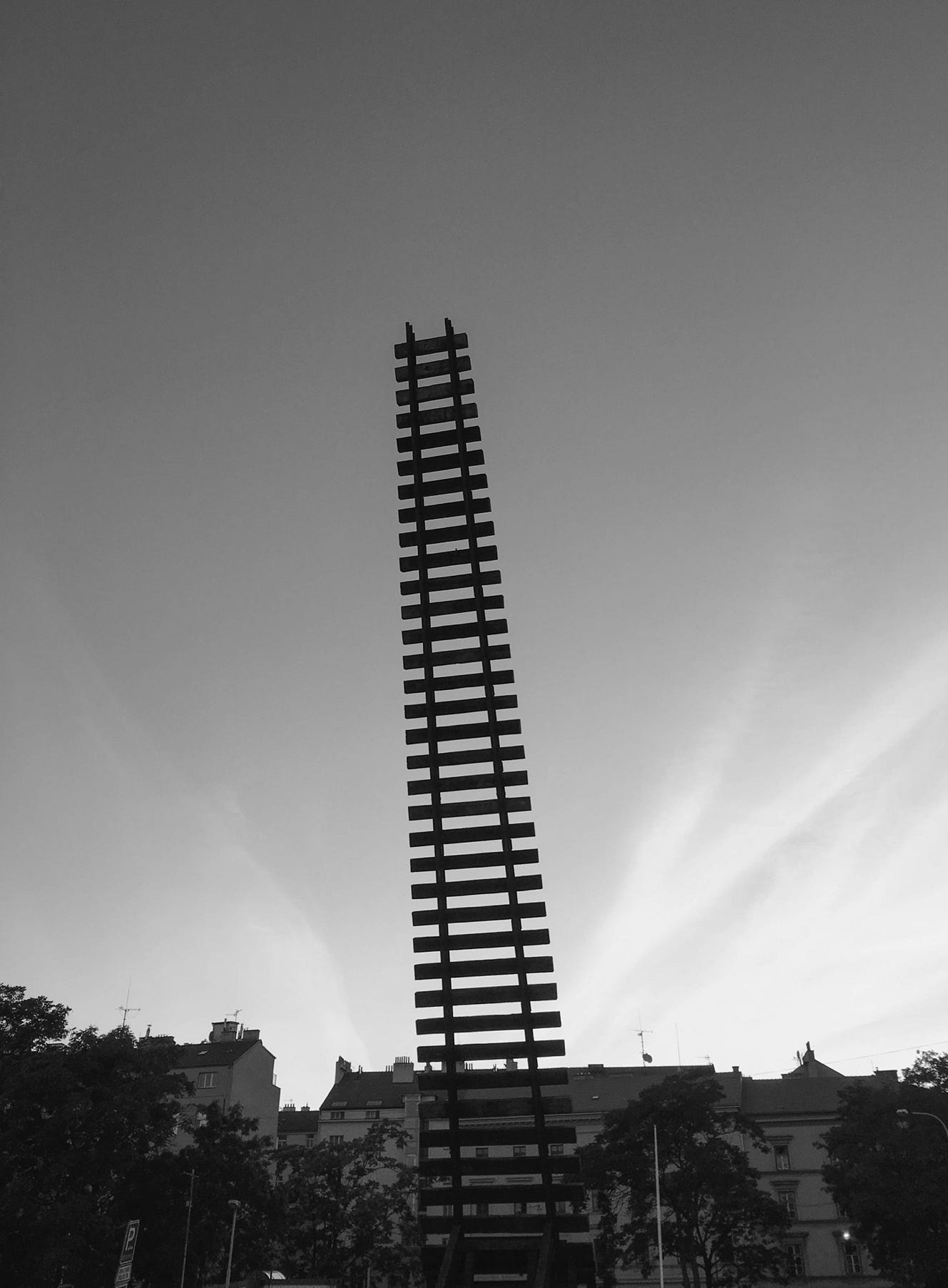
Today you are walking in Paris the women are blood-stained
It was and I would rather not remember it was during the decline of beauty
Surrounded by fervent flames Notre-Dame looked at me in Chartres
The blood of your Sacré-Coeur inundated me in Montmartre
I’m ill from hearing the blessed words
The love from which I suffer is a shameful disease
And the image possessing you makes you survive in insomnia and anguish
It is always near you this image which passes
Guillaume Apollinaire, “Zone” (my translation)
commentary
Social theorists like Karl Marx and Max Weber, as well as modernist art critics like Clement Greenberg and Alfred Barr, have seen abstraction as a central feature of modernity. These architectural images all derive their aesthetic impact from their geometry: sharp clean lines and angles, with not a wayward curve in sight.
Like the war photographs discussed above by Susan Sontag (3.4), they are undeniably beautiful—to my modernist eyes, anyway. 11.4 is another of Mies van der Rohe’s masterworks, the twin apartment blocks at 860-880 North Lake Shore, Chicago, constructed in 1949-51.
Apollinaire’s “Zone,” the opening poem in his Alcohols, written in 1913, is a foundational landmark in modernist poetry. The concreteness of Apollinaire’s cascading images provides a counterpoint to the abstract beauty of the skyscrapers, hinting at the darkness in modernity’s blinding light—a theme that has preoccupied Max Weber, Hannah Arendt, and Zygmunt Bauman among many others.
The final image, 11.6, also reaches for the sky. Erected at Bubny Station in Prague in 2015 as a memorial to c. 80,000 Czech Jews murdered in the Holocaust, Aleš Veselý’s sculpture of railroad tracks ascending to the heavens is called “The Gate of No Return” (Brána nenavrátna).
Marinetti is quoted in Walter Benjamin’s “The Work of Art in the Age of Its Technological Reproducibility: Third Version.”
Leave a comment